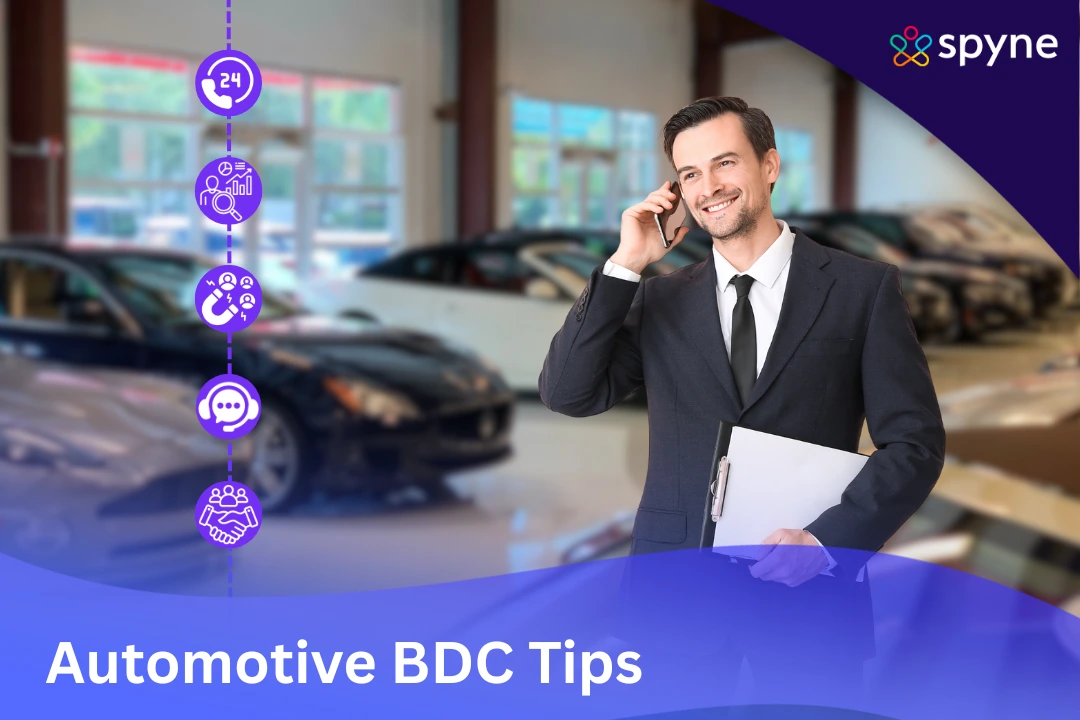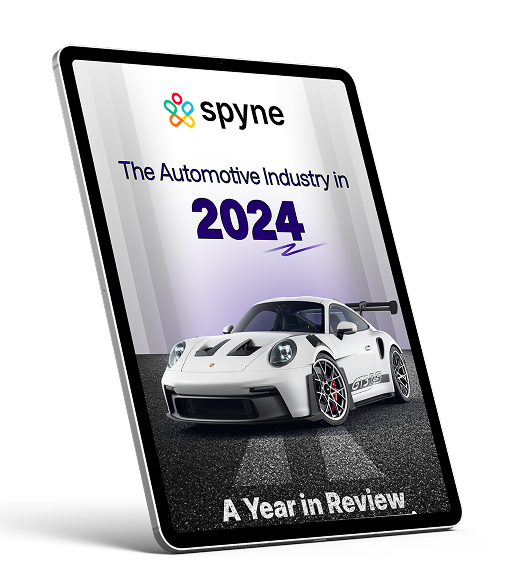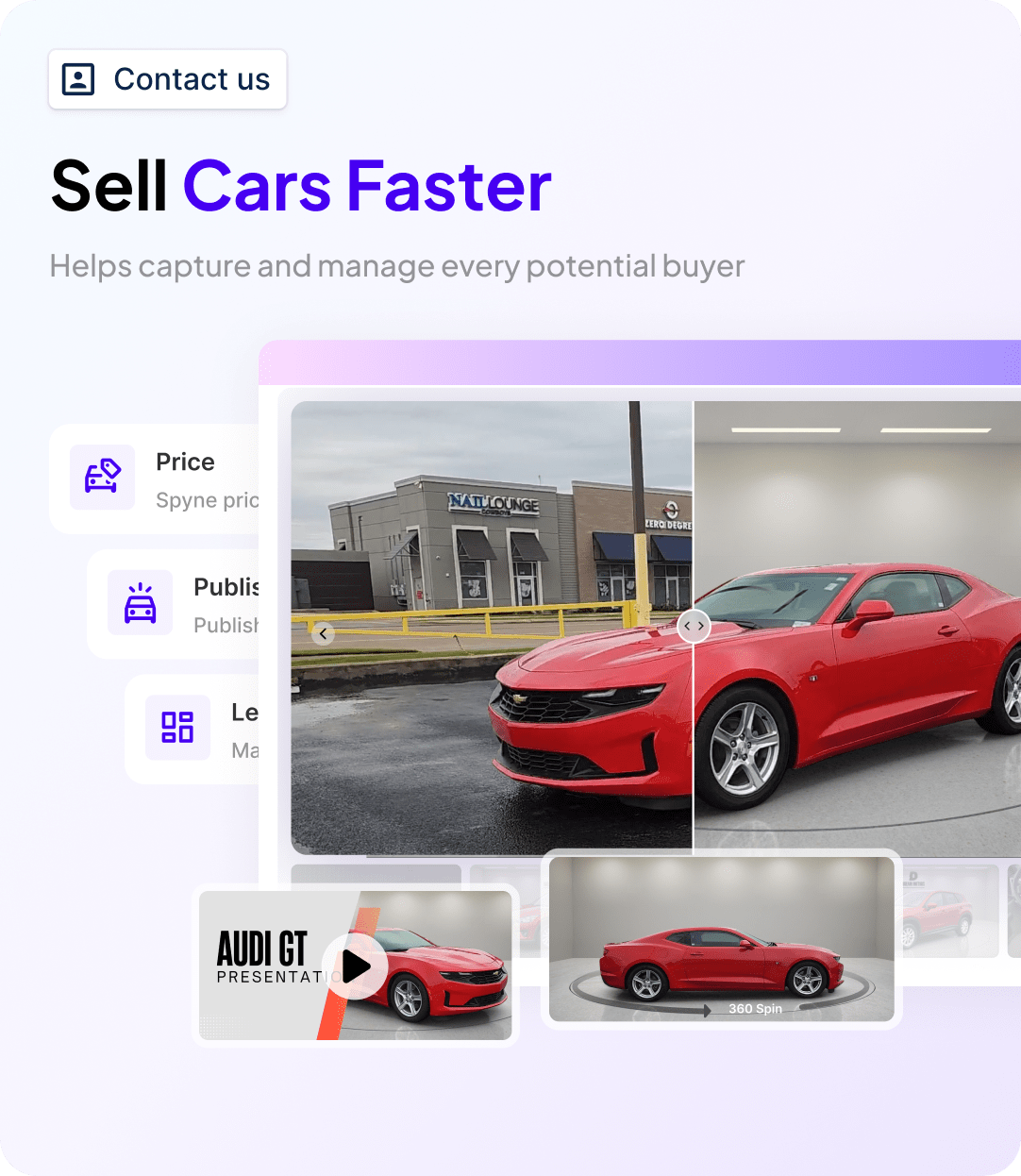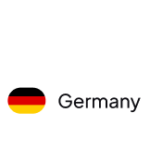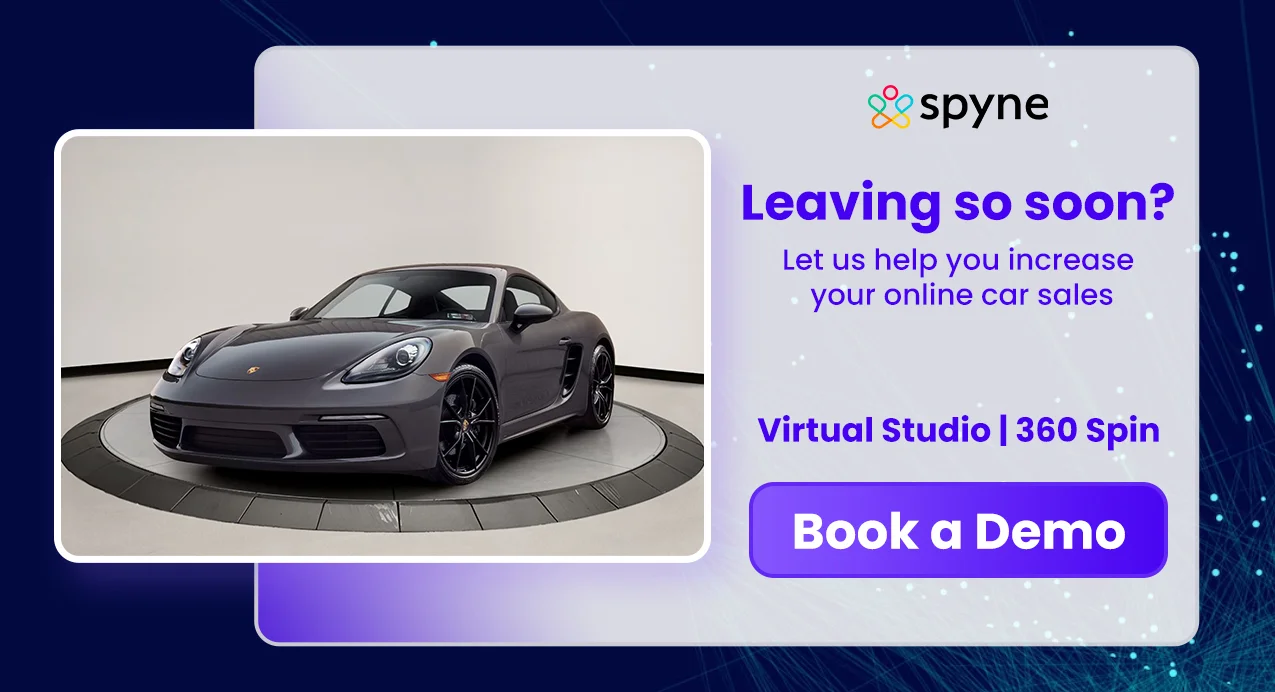In a fast-evolving automotive industry, customer expectations are rising consistently. The modern dealerships are incorporating advanced technology to drive growth and efficiency. They need BDC to handle calls and efficiently qualify leads. Modern agents are implementing automotive BDC tips to improve your sales pipeline and overall dealership operations.
In this blog, we will explore some essential automotive BDC best practices for agents to help automotive businesses boost efficiency, enhance customer engagement, and strengthen the dealership revenue model.
What is an Automotive BDC?
An automotive BDC (Business Development Center) is a dedicated department in a car dealership that handles lead generation, customer communication, and appointment setting. The BDC at a car dealership is considered the front desk, as it serves as the first point of contact for customers, handling initial inquiries and nurturing potential leads through phone or in-person interactions.
They ensure smooth handoffs to sales and service departments, increasing the lead conversions. They focus on effective automotive BDC tips and create a bridge between the automotive business and customers, enhancing their experience and driving more sales.
Top 6 Automotive BDC Tips for 2025
A successful automotive BDC focuses on using evolving digital tools and technology, prioritizing customers, and enhancing both sales and service team performance. Follow are the top automotive BDC tips for 2025 for driving operational efficiency.
1. Planning Strategies for Efficient Operations
An effective BDC car dealership defines clear goals and strategic planning for optimizing its team’s performance. Individual BDC agents should be assigned their responsibilities to streamline their efforts. Define lead and customer retention goals to maintain the dealership sales pipeline.
2. Communication and Decision-Making Skills
BDC agents should incorporate effective communication skills, active listening, and understand every customer’s concerns to provide solutions addressing their issues. By using automotive BDC phone scripts, they can provide helpful and detailed information to customers, whether in person or via call or text.
3. Omnichannel Lead Engagement with Personalization
Since customers interact with a dealership through various platforms, automotive BDC resources must ensure consistent communication through omnichannel engagement. They should deliver personalized responses based on customer data and preferences, enhancing their experience and fostering long-term loyalty.
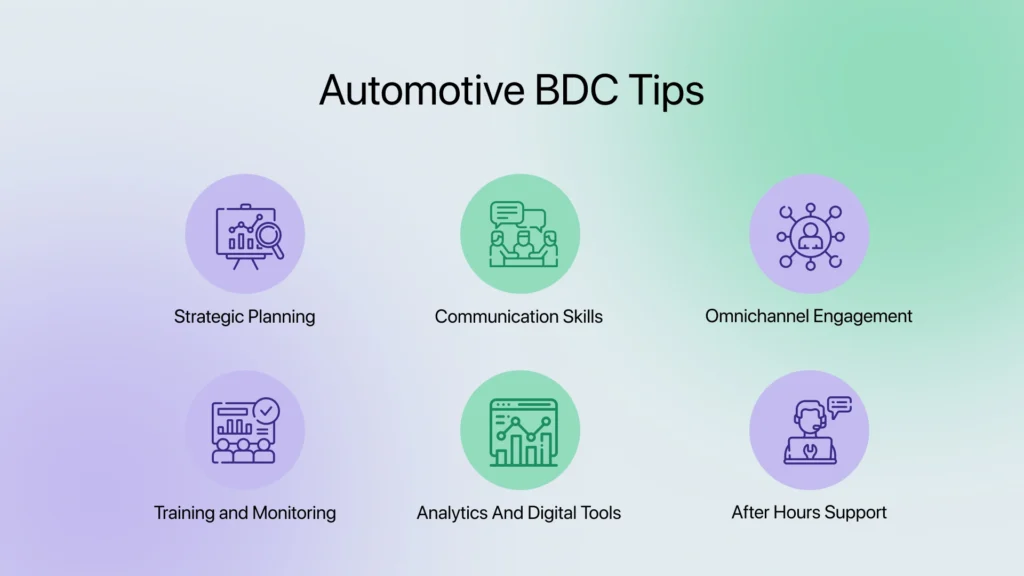
4. Regular Training and Performance Monitoring
The BDC manager automotive must understand the importance of regular automotive BDC training sessions for agents to enhance their skills, product knowledge, and ability to handle various customer scenarios. They should keep track of performance through automotive call monitoring software to identify core areas of improvement.
5. Using Analytics and Digital Retailing Tools
One of the automotive BDC best practices is to utilize CRM and AI-powered tools to track customer interactions, identify upcoming trends, and elevate BDC strategies. The CRM based insights help the BDC auto dealership to make data-driven decisions. They must explore tools for tasks like setting appointments, lead management, and follow-ups.
6. After-Hours Customer Support
The BDC department car dealerships should be prepared for leads coming at any hour of the day. With this intention in mind, they must ensure an effective automotive after hours answering service to provide round-the-clock support to customers contacting outside the business hours.
What is Modern BDC in the Automotive Industry?
The traditional BDC relied on the manual workforce for tasks like lead management and appointment scheduling. However, as the customer’s interests evolved, the modern BDC has scaled enough to align with the digital automotive landscape. They are going beyond basic techniques of lead management and customer engagement.
The modern auto dealer BDC uses technology and tools like automotive CRM and conversational intelligence to nurture leads, ensure a positive customer experience, and drive growth in dealership sales.
5 Key Features of Modern Dealership BDC
The modern virtual BDC for car dealerships includes key features like automated tasks, intelligent lead qualification, and personalized interactions.
1. Integrations for Unified Data
The modern BDC car sales integrates seamlessly with existing dealership systems, creating a unified customer database through contact management software for car dealerships. This provides real-time insights and analytics to understand customer preferences.
2. Higher Customer Retention Rates
The outsourced BDC automotive focuses on delivering personalized responses to address customer queries. This helps to foster long-term customer relationships, hence increasing retention rates.
3. Multichannel Communication Support
Managing customer interactions across various touchpoints can be achieved by implementing dealership BDC best practices. The omnichannel contact center enables them to respond via text, call, or email.
4. Dealership Task Automation
Car dealership BDC employs tools for automation of routine tasks like sending follow-ups, appointment reminders, and answering basic questions, freeing up staff to focus on strategic planning.
5. Intelligent Lead Management
To elevate the dealership’s BDC experience, the modern staff is focusing on AI-powered tools like AI lead scoring for car dealerships to identify and prioritize high-quality prospects.
Responsibilities of Modern BDC for Dealerships
As modern BDCs develop, applying the automotive BDC tips, their responsibilities grow too. Here are a few expanded duties the BDC department car dealership needs to follow.
1. Tracking Inventory to Support Sales
Modern BDC helps dealerships to contact potential buyers and maintain inventory of their pre-owned vehicles. They help the sales and service departments, helping them close more deals.
2. Staying Updated with Automotive Trends
They must be aware of the upcoming and ongoing automotive trends, learn about new technologies, and adopt automation to enhance efficiency.
3. Encouraging Team Collaboration
The auto dealer BDC works closely with other departments for strategies, sharing insights, and driving higher conversions.
4. Providing Feedback for Performance Tracking
Modern BDCs are responsible for monitoring the KPIs like response time, generating analytics to identify bottlenecks, and making improvements.
How to Use Data and Technology for Gaining Insights?
Data and technology offer actionable insights to dealerships to help them work on the automotive BDC tips. This enables them to identify bottlenecks and improve the automotive fixed operations to enhance performance and drive better outcomes.
Using Data-Driven Insights for Results
The modern BDC believes in integrating systems for a unified customer database, providing them with valuable insights into customer behavior and trends.
1. Understand Customer Behavior
By analyzing insights, dealerships can understand customer preferences in a better way to deliver custom recommendations and offers.
2. Predictive Analysis and Reports
Using the past customer data, dealerships can identify potential buyers for outreach and launch targeted marketing campaigns for a specific segment of customers.
3. Personalized Responses
The data-driven insights allow BDC auto dealership to deliver personalized messages and follow-ups, enhancing their experience.
Essential Tools for Implementing Automotive BDC Tips
By integrating systems and using advanced conversational AI tools, dealerships can streamline their workflow and drive overall operational efficiency.
1. CRM Integration
BDC CRM integrations enable dealerships to have a complete view of customer interactions by centralizing their past data and communication history.
2. Customer Communication Tools
Modern BDCs use AI-powered communication tools such as automotive chatbots, email, and SMS automation for timely engagement.
3. Data Analytics Tools
These tools help track performance through various software, such as automotive call tracking, etc, to help BDC managers make precise decisions.
How Spyne Enhances Your Automotive BDC Tips?
Spyne incorporates the automotive BDC tips to help the agents work smarter. Spyne helps dealerships convert and sell faster by providing consistent communication support, lead management, and effective integrations. Spyne.ai acts as an automotive call center for your car dealership that will answer all your potential customer querires and even do cold calling for you.
1. 24/7 Live Engagement
Spyne provides round-the-clock support via an AI receptionist for car dealerships to answer customer queries even after working hours, ensuring you never miss a lead.
2. Seamless System Integrations
All your dealership data is always synced as Spyne enables seamless integration with your existing systems for smooth data flow and operations.
3. Multilingual Support Across Various Channels
Spyne provides support to customers in their native language through a bilingual answering service across various touchpoints like website, email, SMS, or calls.
4. Lead Prioritization
You can identify and prioritize high-intent buyers easily with Spyne conversational AI to free up your sales team to focus on leads that are most likely to convert.
5. Automated Workflow
With our automated lead follow-up system for car dealerships, you can generate automated follow-up reminders and other repetitive tasks like scheduling appointments efficiently.
Conclusion
An effective dealership BDC not only responds to customers but also helps dealerships in driving workflow efficiency. From lead management to call tracking, they follow effective automotive BDC tips to drive engagement and better outcomes.
Spyne helps your dealership put automotive BDC efforts into action. We support you by converting more and selling faster, streamlining operations, and giving your BDC a new experience. Optimize your BDC strategies with Spyne’s free demo today.

